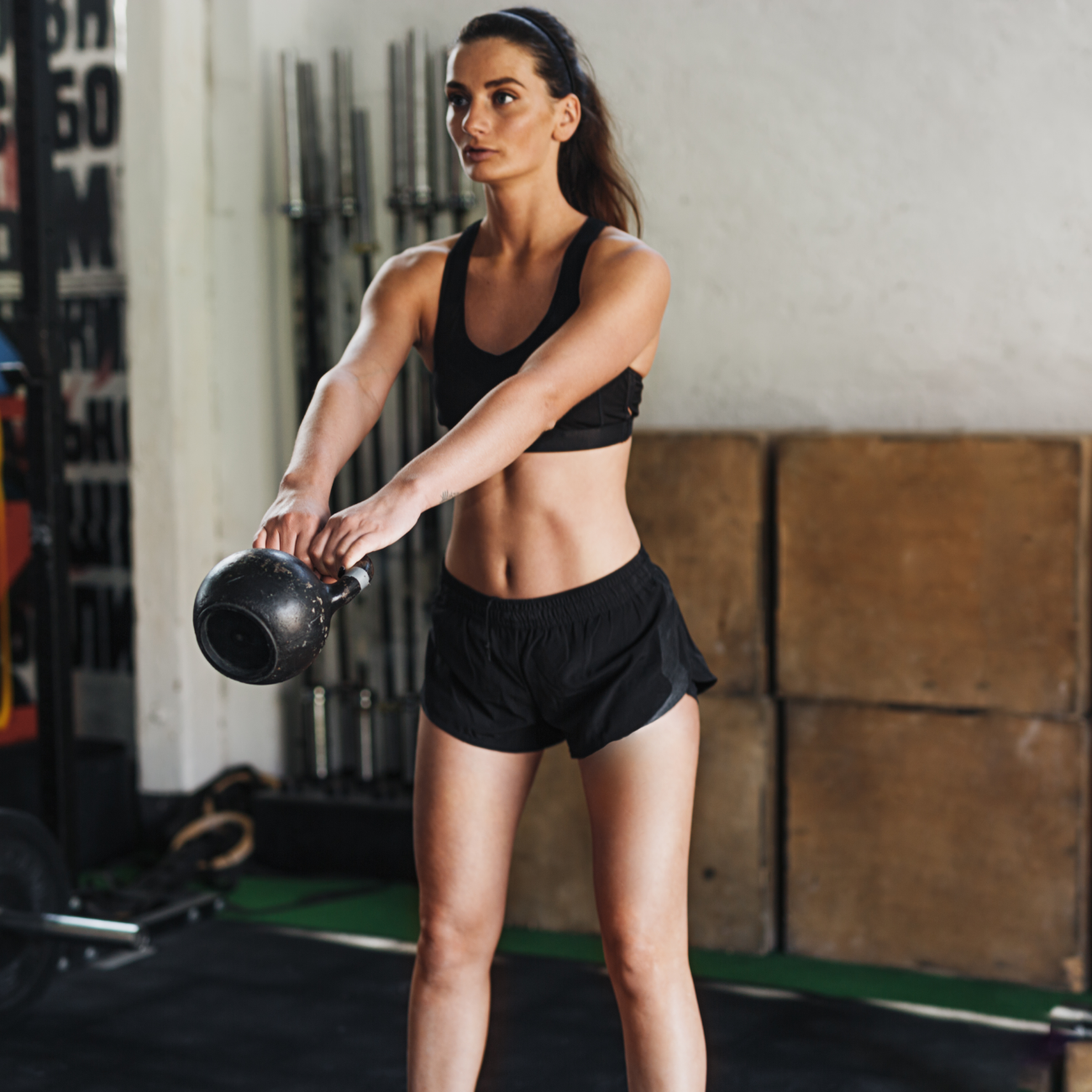
Kettlebells Vs Dumbbells
Both will help shape up your arms in time for sleeveless season, but which weight rules?
Goal: Shoot for two to three weekly strength workouts on non consecutive days.
Kettlebells
The Real Deal – K-bell swings mimic how you move in daily life so tasks like carrying groceries and doing yard work become easier.
To the Core – An American Council on Exercise (ACE) study found that those who took an hour-long kettlebell class twice each week increased core strength by 70 percent. Your abs have to work extra hard to keep t he body stable as you swing.
Cardio Quickie – Strength training and cardio are connected: A small study found that kettlebell training burned about 20 calories per minute (equal to running a 6 minute mile).
Get Swinging – Prevent injury by perfecting your form with a trainer or by following a DVD. Start with a 7 pound kettle bell any lighter and you won’t reap the toning benefits.
Dumbbells
Easy To Learn – Since you raise and lower the dumbbell in a controlled manner (no swinging!), you can learn on your own or by watching an instructional DVD.
On Target – If there’s a specific body part you want to strengthen, such as your triceps, dumbbells will allow you to target those muscles effectively.
Body Friendly – Have joint issues? You can adjust the way you hold the weights to take stress off the shoulders. For example, during an overhead press, hold the weights so palms face inward rather than forward. And if you have balance issues, sitting or lying down for more stability won’t sacrifice effectiveness.
Get Lifting – Women can start with 3- to 5-pound weights. Perform reps in front of a mirror to watch your form.
Note – If you’re new to strength training or have joint or balance issues, dumbbells hold the advantage. But if you’ve mastered weight-lifting basics, alternate: Choose kettlebells when you’re short on time and dumbbells when you want to focus on particular muscle groups.





